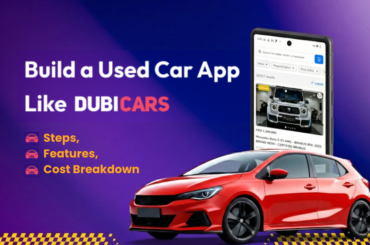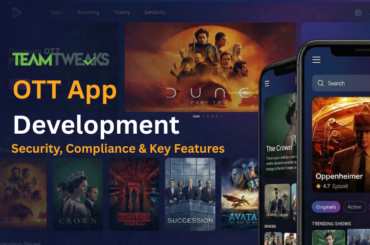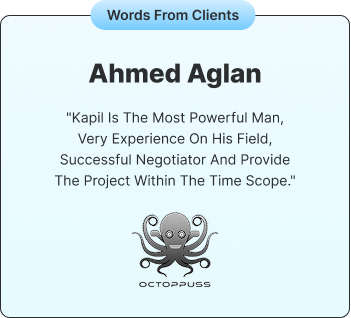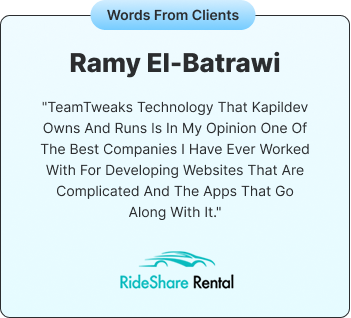Mobile application development is one of the biggest platforms and has any number of on-demand projects associated with it. It is one of the most preferred platforms, because of the audience’s feedback. And from the user perspective, it is really efficient to use the mobile application rather than a desktop version. Many people have indulged in the development of the mobile application, but often stuck up with various doubts and questions; here are some of the often raised questions among the aspirants followed by the answers.
A mobile application development questionnaire helps to gather more information and the requirements. The requirements of the project will be associated with the development of the project. Project development that doesn’t meet the client’s requirement is just a waste of time and money. The questionnaire helps to get the overall idea of the development of the project and also to grasp the basic and objective of the entire development process. You can get a lot of idea and knowledge to develop and also to the estimate the development cost and time of the project. Too, many of the overwhelmed aspirants here is a detailed explanation of the project development.
![]() The design is the biggest and the vital part of the project, as this defines the entire view of the project. In simple words, the design is the blueprint of the entire application. The design consists of two parts; they are high-level design and low-level design. The high-level design is a pictorial representation of the program flow. This deals with the functionality and other working representation of the program. And the other one is low-level design; here the project flow is represented in a textual form. It is also called algorithm of the program that serves as an important thing even in the documentation of the project. Few of the questions that need to ask during the designing part are,
The design is the biggest and the vital part of the project, as this defines the entire view of the project. In simple words, the design is the blueprint of the entire application. The design consists of two parts; they are high-level design and low-level design. The high-level design is a pictorial representation of the program flow. This deals with the functionality and other working representation of the program. And the other one is low-level design; here the project flow is represented in a textual form. It is also called algorithm of the program that serves as an important thing even in the documentation of the project. Few of the questions that need to ask during the designing part are,
Do you have the sketches ready?
Do you have the visual prototypes of all screens and modules?
Do you have separate designs for different platforms like Android and iOS?
Targeted Platforms and Developments
When it comes to app development there are two ways, one is native and the other is hybrid. Both these are applicable to Android and iOS, but based on the user experiences natively built applications are robust and efficient than hybrid built application. The later one can also be chosen in cross-platform approach.
- iPhone
- iPad
- Android Phone
- Android Tablet
- Native app development using Java, Kotlin, and Swift.
- Hybrid using Phone Gap and Iconic.
- Cross-platform applications developed using Xamarin.
- Web application with fixed layouts.
- Web application with responsive layouts.
The development part mainly has two things, they are functionality and design. The design needs to be alluring the customer and users. And this also needs to be associated with some psychological aspects. As the targeted audiences might different, for instance, if the users of the application are children and the design needs to catch the people in the age category of 3 to 12. The functionality part is mostly dealt with swift and java, for iOS and Android respectively. The development also needs to work on each and every event and activities that are involved in the entire application. And there are many open source sites that come in handy for the coding part, like Github.
Are you planning to develop the application in multiple phases?
Will some of the features needs R&D (Research and Development)?
Is web application needed along with the mobile application?
Is any enterprise software needs to be integrated with the mobile application?
![]() Many of the profound mobile application that is targeted to reach overseas has this feature, that is multiple language integrations. The developer can choose as many languages that can be integrated into the applications of Android apps, iOS apps, tablets, and iPads. Few of the most used languages are as follows,
Many of the profound mobile application that is targeted to reach overseas has this feature, that is multiple language integrations. The developer can choose as many languages that can be integrated into the applications of Android apps, iOS apps, tablets, and iPads. Few of the most used languages are as follows,
- English
- French
- Spanish
- German
- Chinese
The orientation of apps is one of the key features to support the user interface for easy interaction with the user, there are mainly three types of the orientation of the apps, they are,
- Portrait
- Landscape
- Both
Along with these features, there need to be some aspects that need to be concentrated, they are user authentication, encrypting and decrypting the passwords, third-party integration like, push notification, SMS notification, email services, and payment gateway integration.
When the above things are done, and then the app can be tested under various processes, few are functionality testing, user acceptance testing, unit, integration, and system testing. Once everything is over, the app needs to upload in the App store and the Play store, in order to publish to the users.













